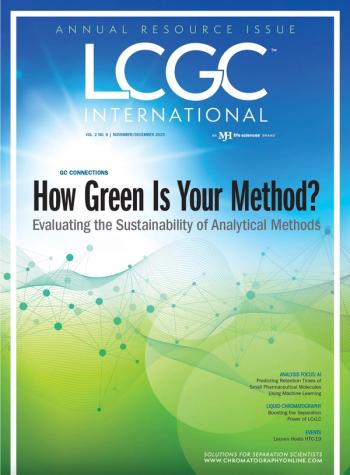
Bad Automobile Air Conditioner Odors Sampled for GC Analysis
A research group from Kangwon National University (South Korea) set up a laboratory-scale test cooling bench with an airflow, temperature, and relative humidity controller and used it to simulate the unpleasant odor produced by an automobile air conditioner evaporator.
A research group from Kangwon National University (South Korea) set up a laboratory-scale test cooling bench with an airflow, temperature, and relative humidity controller and used it to simulate the unpleasant odor produced by an automobile air conditioner evaporator. The odors were collected in aluminum polyester bags and were analyzed by thermal desorption in a cryotrap followed by gas chromatographic analysis, olfactometry, flame ionization detection, and atomic emission detection and mass spectrometry. Compounds including alcohols, aldehydes, and organic acids were identified as odor-causing compounds.
Newsletter
Join the global community of analytical scientists who trust LCGC for insights on the latest techniques, trends, and expert solutions in chromatography.



